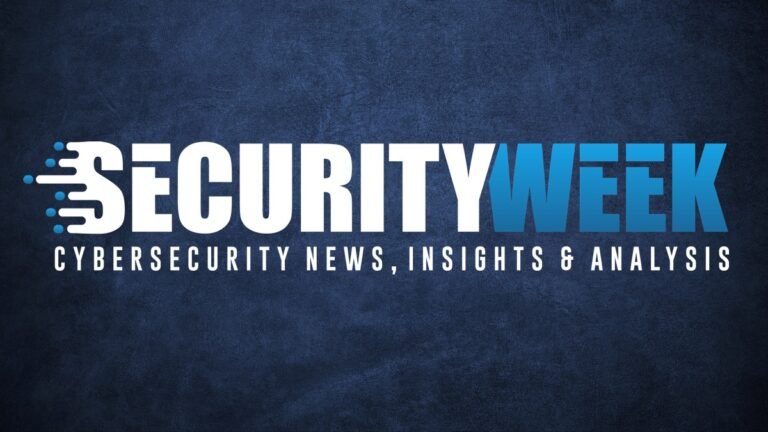Summary Points
-
Ransomware Attack Confirmed: MathWorks, known for MATLAB and Simulink, announced that a ransomware attack initiated on May 18 caused a significant outage affecting multiple applications and services.
-
Widespread Impact: The attack disrupted various functionalities, including licensing services, downloads, MathWorks accounts, and online applications, with many services either offline or operating in a degraded state.
-
Recovery Efforts Underway: The company is gradually restoring services, prioritizing MATLAB-related functionalities for its over five million users while working with cybersecurity experts.
- Lack of Details on Attacker: Although authorities were notified, MathWorks has not disclosed specifics about the threat actor, and no known ransomware groups have claimed responsibility for the incident.
Underlying Problem
In a significant cybersecurity breach, MathWorks, the renowned software company behind MATLAB and Simulink, confirmed that a ransomware attack was the catalyst for a massive service outage beginning May 18. This disruption affected an array of critical applications and services, including licensing, downloads, and user accounts, significantly hampering the functionality for more than five million users worldwide. Initially reported as a mere technical issue, the situation escalated into a full-blown crisis, prompting the company to engage cybersecurity experts to assess and remediate the situation.
As the outage unfolded, MathWorks gradually restored services, prioritizing the recovery of its flagship product, MATLAB, while acknowledging that many applications remained offline or degraded in performance. The company informed law enforcement about the attack but has not disclosed any information regarding the identity of the attackers, and no ransomware group has publicly claimed responsibility. Reports on the incident have been provided by SecurityWeek, which continues to pursue further details from MathWorks as updates emerge from this ongoing situation.
Potential Risks
The ransomware attack on MathWorks, a prominent software developer known for MATLAB and Simulink, serves as a stark reminder of the pervasive threat posed by cybercriminals and the potential ripple effects such incidents can have on other businesses, users, and organizations. As MathWorks grapples with significant disruptions to vital services including licensing, online applications, and customer support, collateral damage can extend far beyond its operations; for example, academic institutions, engineering firms, and research organizations relying on MATLAB for data analysis could face workflow interruptions, project delays, and loss of critical data, leading to financial repercussions and diminished trust in their capabilities. Furthermore, the breach may expose sensitive user information depending on the attacker’s objectives, raising questions of liability and regulatory compliance that could ensnare other companies in legal and reputational quagmires. As interconnected systems and dependencies proliferate in today’s digital landscape, such vulnerabilities underscore the importance of robust cybersecurity measures across all sectors to safeguard against cascading failures and identity theft that can ensue from targeted cyber assaults like the one that befell MathWorks.
Possible Action Plan
Timely remediation is crucial following a cybersecurity incident, particularly in the wake of a ransomware attack on a pivotal platform like MATLAB by MathWorks. Addressing such breaches with urgency not only facilitates recovery but fortifies future resilience, ensuring vital educational and engineering tools remain accessible.
Mitigation Strategies
- Immediate Isolation: Disconnect affected systems to halt the spread.
- Data Restoration: Utilize backups to restore operations while verifying integrity.
- Incident Analysis: Conduct thorough examinations to understand the breach’s nature.
- Threat Intelligence: Employ current threat data to bolster defenses.
- User Notification: Inform stakeholders promptly to maintain transparency.
- System Updates: Patch vulnerabilities to preempt future attacks.
- Training: Educate staff on recognizing ransomware tactics.
- Access Controls: Reinforce privileges and implement multi-factor authentication.
NIST CSF Guidance
The NIST Cybersecurity Framework underscores the necessity of continuous risk management and incident response. Specifically, mitigating ransomware threats aligns with the "Respond" function. For further details, refer to NIST Special Publication 800-61, which outlines incident handling and response best practices.
Stay Ahead in Cybersecurity
Stay informed on the latest Threat Intelligence and Cyberattacks.
Understand foundational security frameworks via NIST CSF on Wikipedia.
Disclaimer: The information provided may not always be accurate or up to date. Please do your own research, as the cybersecurity landscape evolves rapidly. Intended for secondary references purposes only.
Cyberattacks-V1

